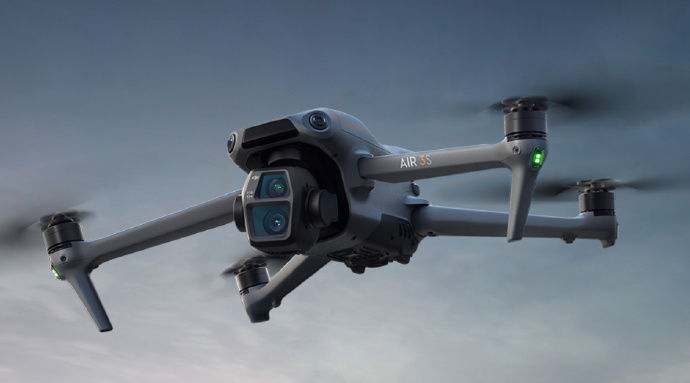Delivery drones, these dynamic aerial vehicles, are ushering in a new era in goods transport. With advances in technology and logistics, drones are increasingly becoming integral components in the supply chain, offering quick, efficient, and eco-friendly alternatives to traditional delivery methods.
The Emergent Role of Delivery Drones
Drones are not just futuristic gadgets—they are pragmatic workhorses of modern-day logistics. The concept of delivery drones encompasses small electrically-powered rotorcraft capable of transporting packages directly to consumers. This innovation significantly reduces delivery times and lessens the carbon footprint associated with conventional transport.
Advantages of Drone Delivery
- Speed: Drones can bypass road congestion, allowing for direct and faster delivery of goods.
- Accessibility: Regions hard to reach by conventional vehicles can benefit greatly from aerial transport.
- Sustainability: Electric drones offer a greener alternative to fuel-dependent vehicles.

Challenges Faced by Delivery Drones

Yet, this aerial revolution doesn’t come without its hurdles. Regulatory barriers remain a significant concern. Governments worldwide are still developing the frameworks needed to safely govern drone operations.
Furthermore, technical issues such as battery life and payload limitations pose operational challenges, requiring constant innovation and improvement in drone technologies.
Current and Potential Uses
Impact on Traditional Logistics
The proliferation of drones is prompting logistics companies to reevaluate and adapt their current infrastructure and delivery paradigms. Integrating drone delivery systems with existing methods could eventually lead to more efficient and streamlined operations.
FAQs on Delivery Drones
Q: How fast can delivery drones travel?
A: Most delivery drones can travel at speeds ranging between 35 to 45 miles per hour, depending on their design and payload.
Q: Are there limitations to what delivery drones can transport?
A: Yes, delivery drones typically have weight limitations, often capped at 10 kilograms depending on the model.
Q: What changes are expected in regulations regarding drones?
A: Future regulatory frameworks may facilitate longer flight ranges, night operations, and streamlined safety protocols.